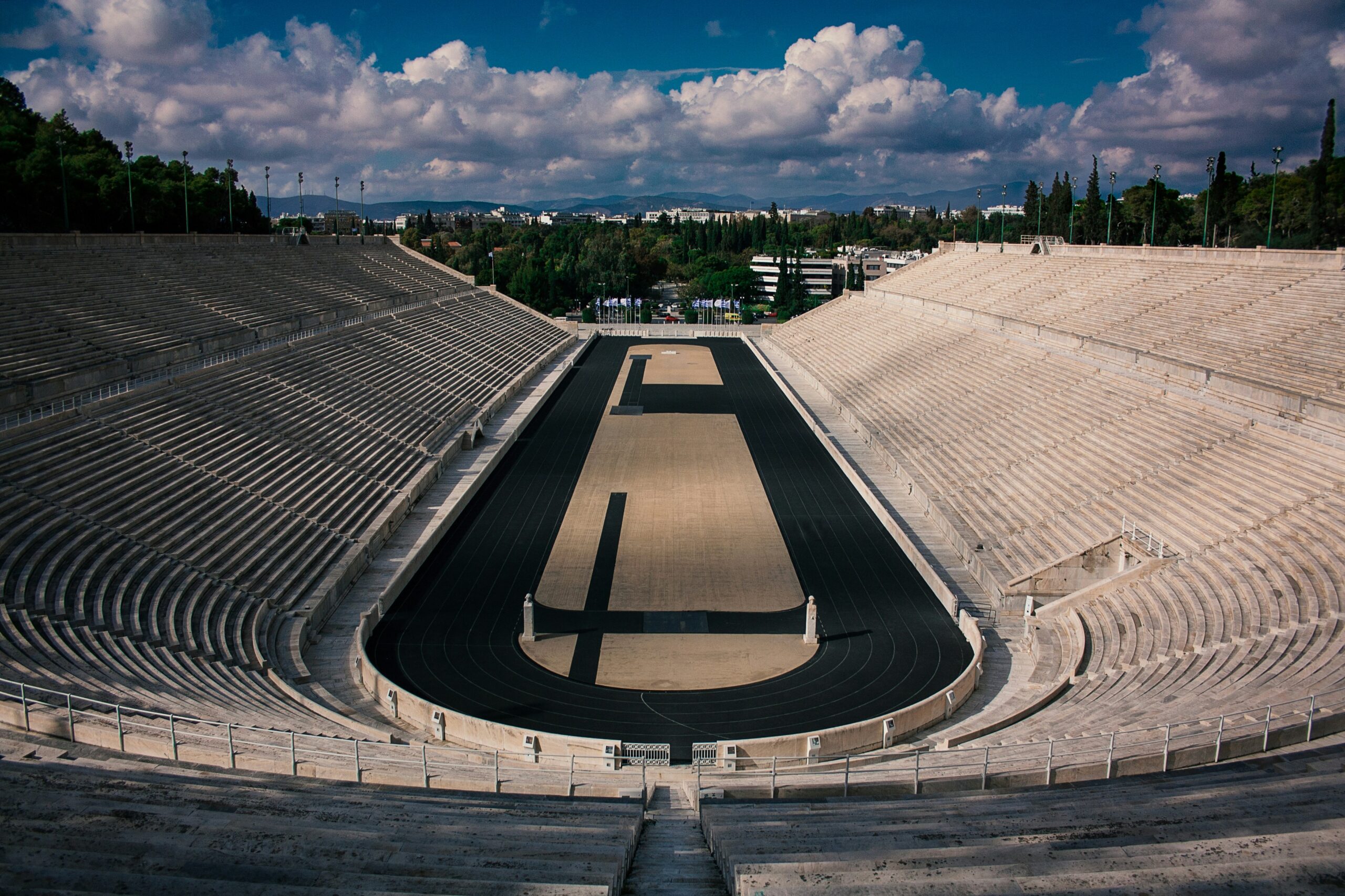Stadium Innovations Enhancing Fan Experience
Modern stadiums around the world are embracing innovative technologies and design principles to enhance the overall fan experience. These advancements not only cater to the growing expectations of fans but also aim to create memorable and immersive experiences that go beyond traditional spectatorship.
Technological Advancements
Technology plays a crucial role in transforming stadium experiences, offering convenience, entertainment, and connectivity to fans:
- High-Speed Wi-Fi: Many stadiums now offer robust Wi-Fi connectivity throughout the venue, allowing fans to stay connected, share their experiences on social media, and access real-time statistics and replays.
- Mobile Apps: Stadiums are developing their own mobile apps that provide ticketing services, concession orders for in-seat delivery, interactive maps, and augmented reality features for enhanced viewing experiences.
- Augmented and Virtual Reality: Some stadiums are integrating AR/VR technologies to offer fans immersive experiences, such as virtual tours of locker rooms, historical moments in the team’s history, or interactive games during breaks.
Enhanced Comfort and Amenities
Beyond technology, stadiums are focusing on improving comfort and amenities to ensure a pleasant experience for fans:
- Comfortable Seating: Modern stadiums feature ergonomic and wider seats with additional legroom, providing greater comfort during long matches or events.
- Improved Concessions: Concession areas now offer a variety of gourmet food options, craft beers, and healthier choices, catering to diverse tastes and preferences.
- Climate Control: Climate-controlled environments or retractable roofs are becoming more common, ensuring that weather does not impact the fan experience adversely.
Interactive and Immersive Experiences
Stadiums are evolving into hubs of entertainment and engagement:
- Fan Engagement Zones: Dedicated areas within stadiums host interactive exhibits, games, and opportunities for fans to meet players or obtain autographs.
- Smart Stadiums: IoT technology is being used to monitor crowd flow, manage parking, and even adjust lighting and sound to enhance the atmosphere during events.
- Integration of Social Media: Stadiums are integrating social media platforms to allow fans to participate in live polls, view real-time updates, and engage with fellow supporters, amplifying the communal experience.
Case Studies
Several stadiums serve as prime examples of successful implementation of these innovations:
- Mercedes-Benz Stadium (Atlanta, USA): Known for its sustainable design and innovative fan experience technologies, including a halo video board and extensive use of mobile app features for concessions and navigation.
- Tottenham Hotspur Stadium (London, UK): Features a retractable pitch, allowing for both football and NFL games, alongside advanced connectivity and premium hospitality options.
- Optus Stadium (Perth, Australia): Utilizes IoT to manage crowd movement efficiently and offers a fan-first approach with its expansive Wi-Fi network and in-seat delivery services.
Conclusion
As technology continues to advance, stadiums worldwide will continue to innovate to meet the evolving demands of fans. By integrating cutting-edge technologies, enhancing comfort and amenities, and fostering interactive experiences, stadiums are not only attracting more spectators but also ensuring that each visit is memorable and enjoyable.




